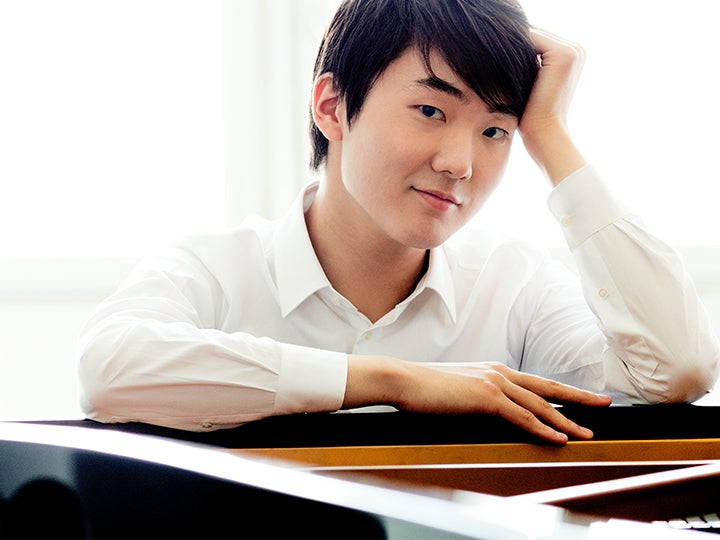Chopin’s Masterful Concerto
The great pianist composers—Rachmaninoff, Liszt, Prokofiev, Beethoven, Ravel—were all well-rounded composers in addition to their tremendous skills on the piano. They not only wrote music for piano but also composed symphonies, string quartets, tone poems and choral music. However, one such composer, Frederic Chopin, was more set on his path as a composer of solo piano music. Chopin’s catalogue of compositions is almost exclusively solo piano music, with very few works created for the symphony orchestra. At 19 years old, Chopin composed his Piano Concerto No. 2. Interestingly, it was the first concerto he composed, but it was the second published. Despite his lack of familiarity with composing for orchestras, this concerto is a beautiful masterpiece.
As the NJSO prepares to perform this work with pianist Seong-Jin Cho, Oct 11–14, here are some examples that prove Chopin was not only a great composer of piano music but also of orchestral music as well.
Separation of Cellos and Basses
During the Baroque and Classical Eras, basses were mostly used to support the cello part. They gradually became their own foundational instrument in the first quarter of the 19th century—around the time this concerto was written. It was not uncommon at the time of composition, but Chopin’s understanding of how to use the bass separately and tactfully throughout the concerto is impressive. Just have a listen to the opening of the piece:
The bass is not just a part of the string orchestra—rather, it is pulled out to service the unison “orchestral hits.”
String Writing
Strings blend well with the piano, but it is challenging to keep them as an equal partner and not just in the background. Have a listen to this excerpt from the gorgeous second movement and hear how masterfully Chopin balances the strings with the piano.
Bassoon and Piano Melody
The winds in this piece are not just treated as fanfare instruments; rather, they share important melodies with the piano. Hear how Chopin introduces a bassoon right after the piano, both playing the same melody. Another beautiful blend.
Tremolo
A tremolo is an intense back-and-forth motion, simulating a vibration. Chopin uses it to maintain the intensity while keeping the music hushed. When the piano enters, the effect is quite passionate.
Col Legno
Possibly the most surprising addition to this piece is Chopin’s col legno marking for the violins. A very modern marking in 1829, col legno instructs the violinists to turn their bow upside and bounce it on the string! It literally translates to “hit with the wood.” Have a listen (and look) at this cool effect.
Chopin’s subtle orchestral details are irresistible!
Don’t miss the beautiful mastery of piano and orchestra as NJSO is joined by pianist Seong-Jin Cho October 11–14.
Seong-Jin Cho Plays Chopin
2018–19 Season
OTTO TAUSK conductor
SEONG-JIN CHO piano
NEW JERSEY SYMPHONY ORCHESTRA
-
LIGETI Romanian Concerto (NJSO Premiere)
An orchestra showpiece: Ligeti’s childhood memories of Transylvanian folk music culminate in a wild, exhilarating dance.
-
CHOPIN Piano Concerto No. 2
A youthful affection inspired this concerto’s tender, passionate slow movement. Though Chopin’s infatuation was short-lived, the melody is eternal.
-
DVOŘÁK Symphony No. 7
Deep, heartfelt and dramatic, reflecting the Czech composer’s ambition to write a piece that would “move the world.”
